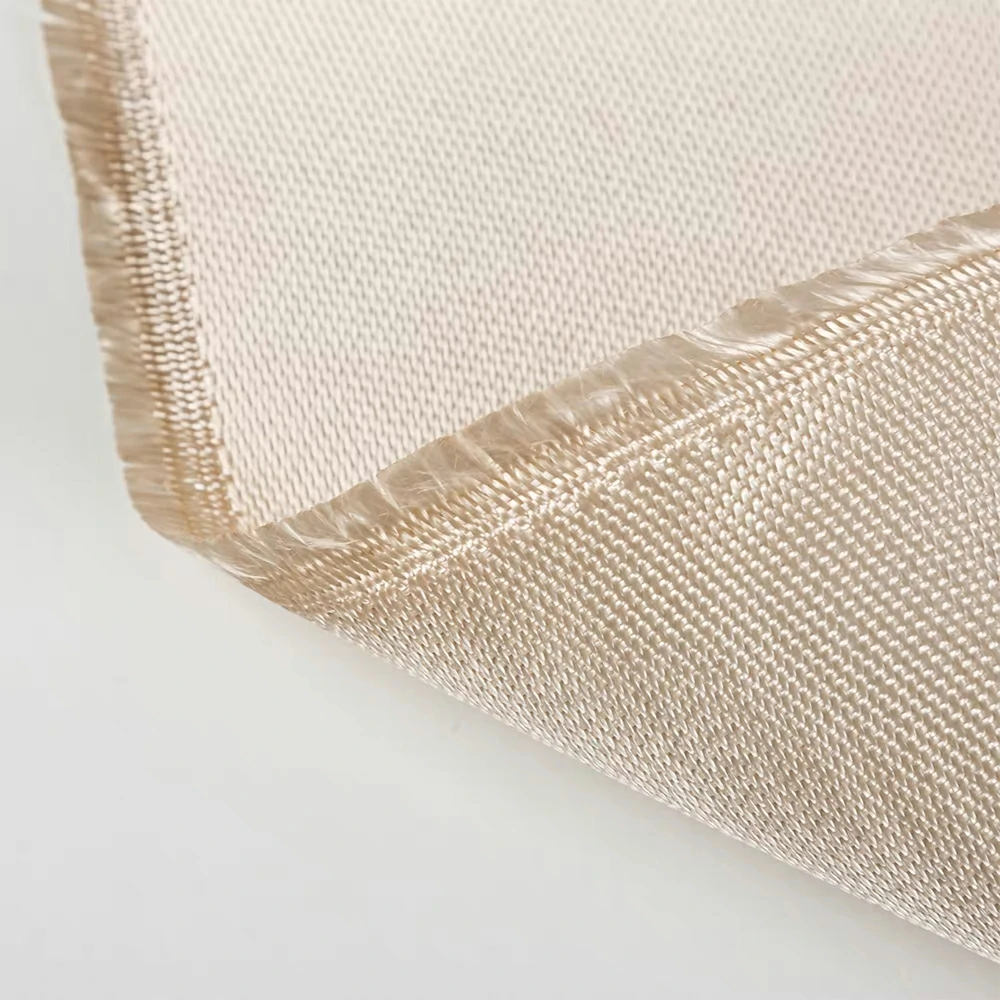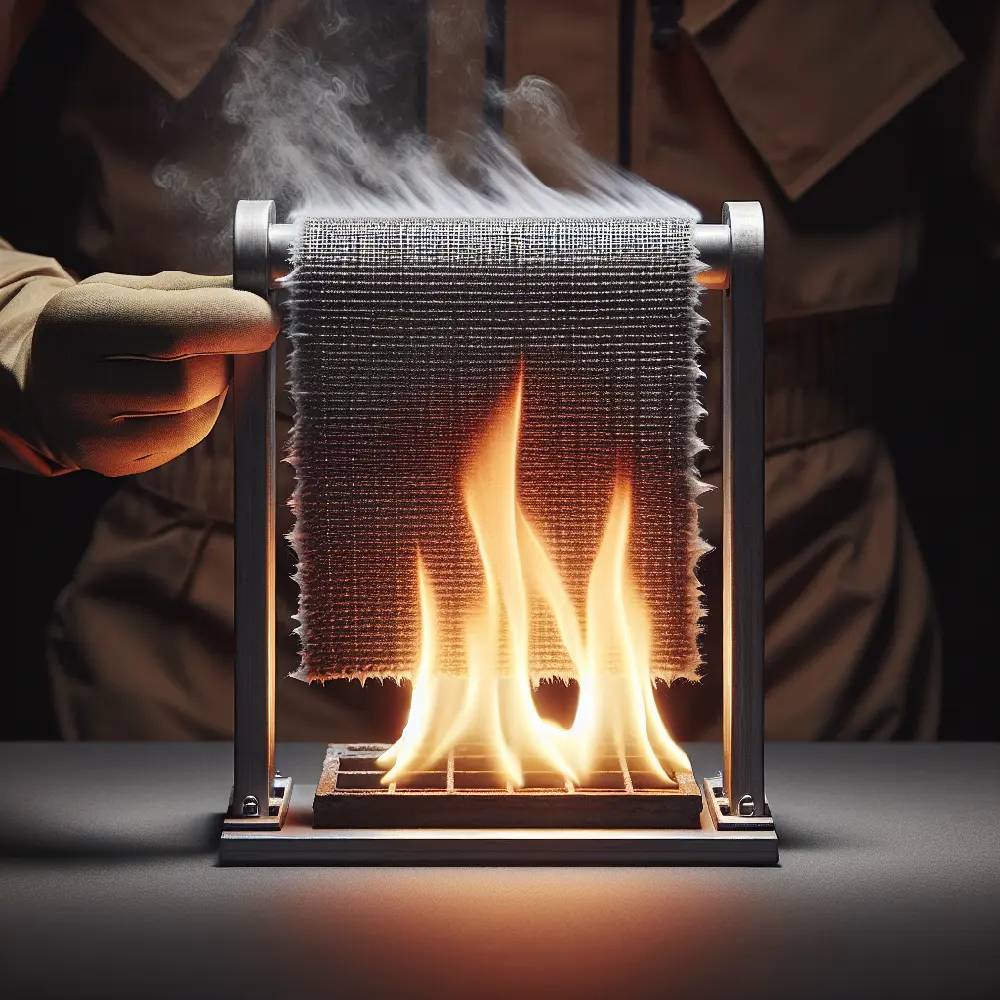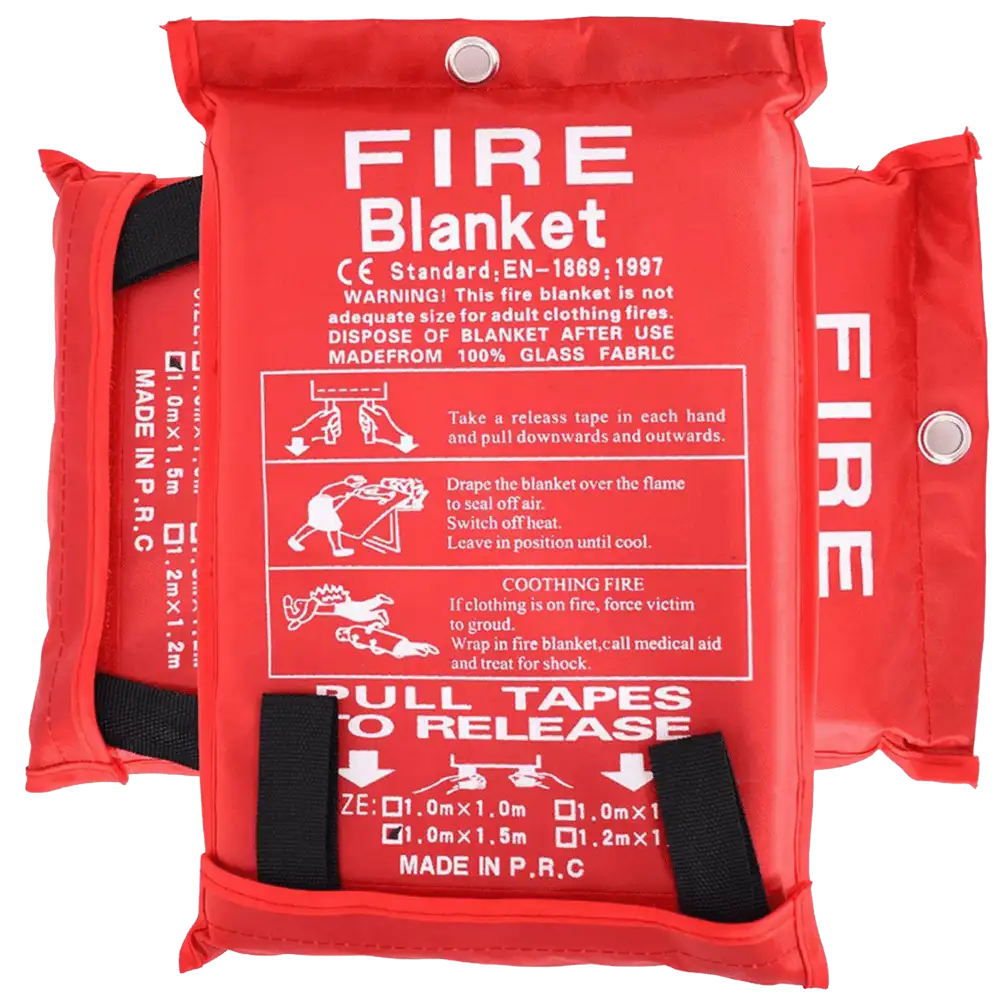Fiberglass is a composite material consisting of extruded glass strands. The fiberglass used in the automotive industry, shipbuilding, and hull repair differs from the fiberglass used for insulation. Rigid fiberglass can be bonded together with epoxy. The difference between fiberglass cloth and mat is how it is constructed and looks.
Let's break fiberglass cloth vs mat, its breakdown helps you decide if fiberglass cloth suits your project or if you need a chopped strand mat. Remember, you can use both to achieve your desired results.

Fiberglass Cloth Roll:
Fiberglass cloth is a layer of woven raw silk. It is vital, has a uniform appearance, and is used where project formation is essential. The woven fibers do not intermesh with the threads of other layers of fiberglass cloth.
what is fiberglass, go to learn more >>

Fiberglass mats:
The fiberglass chopped strand mat provided by Heaterk adopts the needle punching process. Compared with the past short fiber bundles fixed together by polyester system resin binder, the needle-punched mat ensures strength and performance and is more environmentally friendly. Because no adhesive is used, the temperature resistance has also been increased to 550 degrees Celsius.
What's the difference between fiberglass cloth and mat?
Fiberglass materials are popular for many applications due to their high strength, low weight, and excellent corrosion resistance.
When selecting the right fiberglass product, it is essential to understand the differences between fiberglass cloth and mat. Fiberglass cloth, also known as woven roving, is made by weaving strands of glass fibers into a tight, regular pattern, resulting in a consistent and uniform structure.
It offers superior tensile strength, ranging from 300 to 500 MPa, and excellent dimensional stability, making it ideal for applications that require high mechanical performance, such as automotive parts and aircraft components. In contrast, fiberglass mat, or chopped strand mat, consists of randomly oriented glass fibers held together by a binder.
This non-woven material has a lower tensile strength, typically between 100 and 200 MPa, and its multidirectional nature allows for superior conformability and easy handling when used in complex geometries. Fiberglass mat is commonly used for applications that demand good impact resistance and moderate strength, such as boat hulls and architectural structures. Ultimately, the choice between fiberglass cloth and mat depends on the project's specific requirements, considering strength, durability, and ease of application.
If you want to make a robust and lightweight product, please use fiberglass cloth because fiberglass cloths use a multi-directional warp and weft weaving process, so the strength of both warps and fill yarns are much higher than that of fiberglass needles. It is thinner and lighter, suitable for lightweight applications or as a raw material for coated fiberglass fabrics.
But if you want to use the product for heat or sound insulation, then fiberglass matt is perfect. Compared with a glass fiber cloth, a glass fiber needle felt has better sound insulation and heat insulation performance, and the highest thermal conductivity of the glass fiber needle can reach 0.112W/m·k. The Sound Absorption Coefficient can get 0.98 at 4000hz.
The most significant difference between fiberglass mat roll and fiberglass woven cloth is in performance, strength, and build thickness. Fiberglass chop mat needs a lot of space in the working environment. It is often used for machinery, pipes, walls, and roof insulation. While, fiberglass rolls are very suitable for sealing products with less space due to their smaller volume, and the cloth is more robust, such as hull insulation, waterproof wood, or other surfaces. Fiberglass is also used in various household fixtures, such as showers and bathtubs.
The two can be combined to simultaneously act as a seal against heat and sound, thereby reducing costs and obtaining best performance practices.
Our weaving styles include fiberglass cloth rolls I, plain, four-harness satin, and eight-harness satin. The most commonly used are 4 oz, 6 oz, and 10 oz plain weaves. The warp and weft yarns are woven in an alternating pattern in this simple plain weave. Plain weaves are the easiest to work with because they don't fall apart when cut like other weaves.
The fiberglass chopped mat adopts a needle-punching process, and the fiberglass threads in the carpet are messy. It is easy to intermesh with the fibers of other rugs through multiple needle punches so they are bonded together. During construction, chopped strand mat fiberglass is layered until the desired strength or thickness is achieved. Chopped fiberglass mat has a higher density than fiberglass cloth.
The glass fiber cloth and glass fiber mat provided by Heaterk are all E-glass electronic grade glass fiber. We have sufficient experience in manufacturing glass fiber products. In the past 20 years, we have obtained certifications, including UL723, and ASTM E84, in Several certificates and test reports.
You can learn about Heaterk's HKBDZ series glass fiber needle felt.
Contact Heaterk's team; we will provide professional solutions and the most cost-effective fiberglass mat.
 Top 5 Heat-Resistant Wonders: How High Silica Fiberglass Fabric Excels in Extreme Temperatures!
Top 5 Heat-Resistant Wonders: How High Silica Fiberglass Fabric Excels in Extreme Temperatures!
 Is Kevlar Fireproof? Unveiling the Truth Behind Kevlar's Flame Resistance
Is Kevlar Fireproof? Unveiling the Truth Behind Kevlar's Flame Resistance
 Do Fire Blankets Work? Understanding Their Functionality and Benefits
Do Fire Blankets Work? Understanding Their Functionality and Benefits
 2023, Heaterk's Year-End Recognition Meeting!
2023, Heaterk's Year-End Recognition Meeting!